Product Specs
HFSS’s unmatched capacity, coupled with indisputable accuracy, enables engineers to address RF, microwave, IC, PCB and EMI problems for most complex systems.
*only available with Electronics Enterprise
Multipurpose, full wave 3D electromagnetic (EM) simulation software for designing and simulating high-frequency electronic products such as antennas, components, interconnects, connectors, ICs and PCBs.
Ansys HFSS is a 3D electromagnetic (EM) simulation software for designing and simulating high-frequency electronic products such as antennas, antenna arrays, RF or microwave components, high-speed interconnects, filters, connectors, IC packages and printed circuit boards. Engineers worldwide use Ansys HFSS software to design high-frequency, high-speed electronics found in communications systems, advanced driver assistance systems (ADAS), satellites, and internet-of-things (IoT) products.
HFSS’s unmatched capacity, coupled with indisputable accuracy, enables engineers to address RF, microwave, IC, PCB and EMI problems for most complex systems.
*only available with Electronics Enterprise
How Ansys HFSS Mesh Fusion solves much larger designs than ever thought possible

HFSS Mesh Fusion’s patented technology enables much more complex designs to be simulated with the same rigor, accuracy and reliability of Ansys HFSS. It accomplishes this by applying targeted meshing technologies within the same design, appropriate to the local geometry.
HFSS Mesh Fusion continues to use the same “electromagnetically aware” adaptive meshing technology as before without compromising accuracy because a fully coupled electromagnetic matrix is solved with each adaptive mesh step and for each point in a frequency sweep.
January 2025
New HFSS capabilities enhance performance, meshing, and modeling, resolving component intersections and supporting large-scale antenna arrays, unlocking new application spaces for SI/PI engineers, RF designers, and antenna specialists.

Enhanced Mesh Fusion with improved component priority and intersection handling enables precise 3D modeling by resolving complex intersections. This ensures superior mesh quality and accurate simulations for high-tech industries, supporting SI/PI engineers and RF designers.
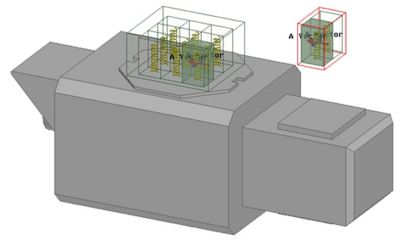
3D component array enhancements enable efficient simulation of multiple arrays, SBR+ regions, and lattice contacts. This capability simplifies the modeling of large-scale antenna arrays for satellite communication and aerospace, empowering antenna designers and RF engineers.
The Ansys HFSS simulation suite consists of a comprehensive set of solvers to address diverse electromagnetic problems ranging in detail and scale from passive IC components to extremely large-scale EM analyses such as automotive radar scenes for ADAS systems. Its reliable automatic adaptive mesh refinement lets you focus on the design instead of spending time determining and creating the best mesh.
This automation and guaranteed accuracy differentiates HFSS from all other EM simulators, which require manual user control and multiple solutions to ensure that the generated mesh is suitable and accurate.
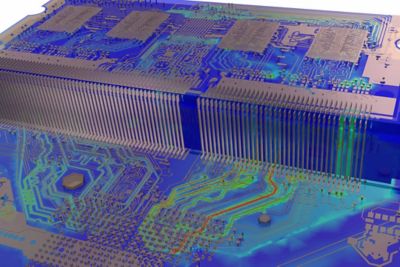
HFSS is the premier EM tool for R&D and virtual design prototyping. It reduces design cycle time and boosts your product’s reliability and performance.
HFSS RESOURCES & EVENTS
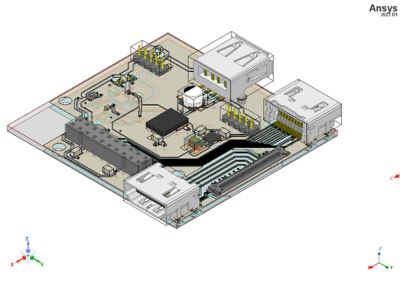
Building on decades of R&D in computational electromagnetics, HFSS brings new capabilities to users in the form of improved workflows in 3D layout and further optimizations in distributed computing for its Mesh Fusion solver.
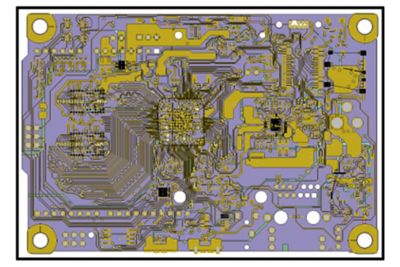
This webinar series shows you how the HFSS adaptive meshing technology handles massive PCB layout geometries and gives you the most accurate results using real customer examples.
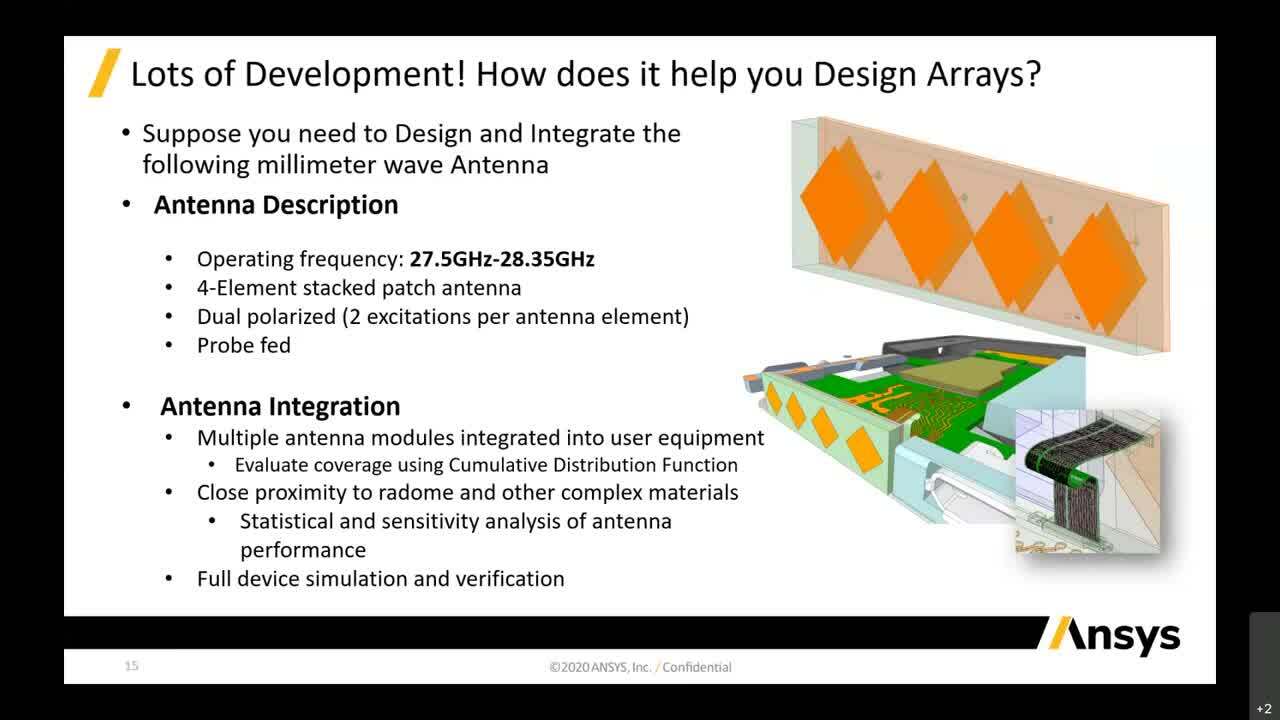
This webinar will chart the progress of HFSS with respect to antenna design and how it has evolved into the established leader in the field.
It's vital to Ansys that all users, including those with disabilities, can access our products. As such, we endeavor to follow accessibility requirements based on the US Access Board (Section 508), Web Content Accessibility Guidelines (WCAG), and the current format of the Voluntary Product Accessibility Template (VPAT).
If you're facing engineering challenges, our team is here to assist. With a wealth of experience and a commitment to innovation, we invite you to reach out to us. Let's collaborate to turn your engineering obstacles into opportunities for growth and success. Contact us today to start the conversation.